The 10 Coolest Servers Of 2013
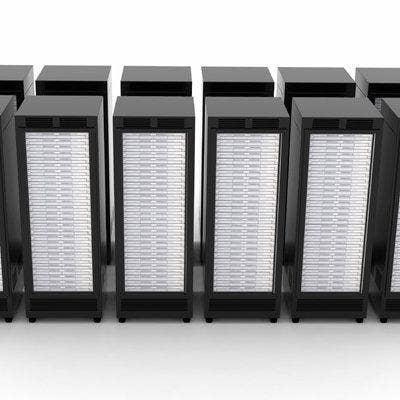
The Server Business: Still Crazy After All These Years
For 2013, the server business went through some rapid changes, including a shift toward converged systems, which changes the very definition of what a server is, and a shift toward microservers in which low-power server cartridges are starting to replace the ubiquitous "pizza box" 1U rack mount servers. Even mainframes continued to shrink in size.
And, far from being a dying business, the server industry is still attracting startups.
CRN has gathered 10 of the most interesting server introductions for 2013 that illustrate just how dynamic the industry continues to be.
Turn the page, and prepare to be amazed.
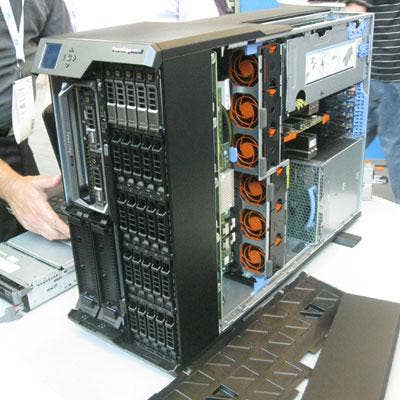
Dell: VRTX Datacenter-In-A-Box
Dell in June used its Dell Enterprise Forum to introduce the Dell PowerEdge VRTX, a server that is helping to redefine what the word "server" means.
The Dell PowerEdge VRTX features up to four dual-processor server blades, each with a maximum capacity of 768 GB of memory. It can be configured with up to 48 TB of direct-attach storage capacity, which is shared among the up to eight processors. Dell PowerConnect networking technology is also built into the small chassis.
The PowerEdge VRTX is targeted at companies looking to simplify their small business or remote office infrastructures.
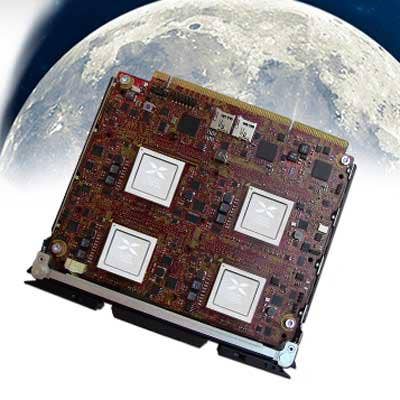
HP Moonshot: Ready For Expansion
Hewlett-Packard this fall expanded its HP Moonshot with a Calxeda-designed ARM processor-based cartridge and Intel Atom C2000 Avoton processor-based modules.
HP Moonshot servers feature a standard chassis into which purpose-built server modules based on different processor technologies can be used. Unlike most servers in the market, those cartridges are also expected to be pre-configured for specific applications based on those applications' performance and power consumptions requirements.
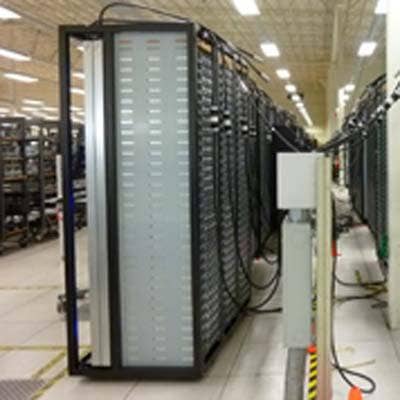
Hyve: Newcomer For OCP
Hyve Solutions was formed as a division of distributor Synnex as a way to develop data center infrastructure products that compete with several Asian ODM vendors that sell server and storage equipment to Web-scale companies like Facebook, Yahoo and Google.
Hyve in 2013 unveiled a series of servers based on the Open Compute Project (OCP) specifications developed for large-scale data centers by Facebook.
The new Hyve Solutions 1500 Series of servers uses similar building blocks as existing OCP designs but can be installed in a standard 19-inch rack. That, Hyve said, allows the new servers to be installed in existing racks without the need to retrofit an existing data center.
Hyve's new 19-inch OCP V2 servers allow 28 two-node, 1.5U-high servers to fit into a standard 44U rack.

IBM: Entry-Level Mainframe
IBM this year unveiled a new mainframe that, with a starting price of only $75,000, can actually be lower in cost to operate than a distributed x86-based server infrastructure, the company said.
IBM's new zEnterprise BC12, or zBC12, is a follow-on to the IBM z114 midrange mainframe and targeted at such applications as data analytics, cloud computing and Linux.
The zBC12 offers similar capabilities as the IBM zEC12, including the Integrated Facility for Linux (IFL) engine for running Linux applications, as well as the System z Application Assist Processor (zAAP) and System z Integrated Information Process (zIIP) for accelerating workload processing.
However, the zBC12 has a maximum memory of 496 GB compared to the zEC12's max of 3 TB, and it has more limited connectivity options.
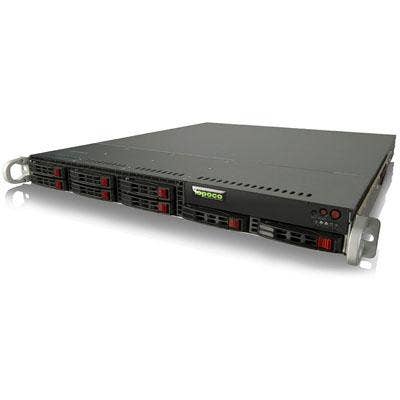
Lopoco: Showing There's Still Room For Startups
Low Power Company, or Lopoco, came out of stealth mode this year with a line of servers that were, by design, limited in range to a few models focused specifically on energy efficiency while eliminating performance features, which the company said are not used by much, if not most, of the market.
The Mountain View, Calif.-based company offers a line of Intel Atom-based microservers, as well as Intel Xeon-based servers with four, eight and 12 cores. Lopoco does not offer AMD-based or ARM-based servers.
Power consumption is further reduced by using 2.5-inch hard drives instead of 3.5-inch models, and by not using 10,000-rpm or faster drives.
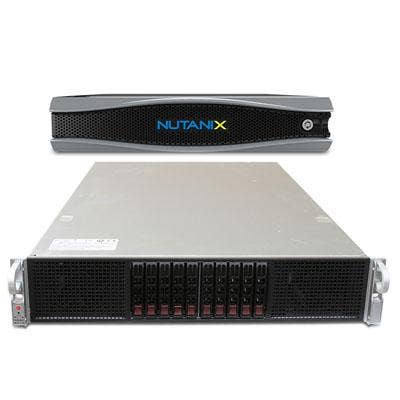
Nutanix: Coming Together For VDI
San Jose, Calif.-based Nutanix, which develops converged data center infrastructure solutions combining server, storage and networking resources, late in 2013 unveiled its NX-7110 Virtual Computing Platform that targets graphics-intensive virtual desktops.
The NX-7110 integrates Nvidia GRID and Teradici PCoIP technologies, which allow users to work with their existing graphics applications but with a virtual, rather than physical, desktop with access from anywhere via any client device.
The NX-7110 can be integrated with an existing Nutanix cluster to manage graphics-intensive workloads via Nutanix Prism, the company's single, unified console.
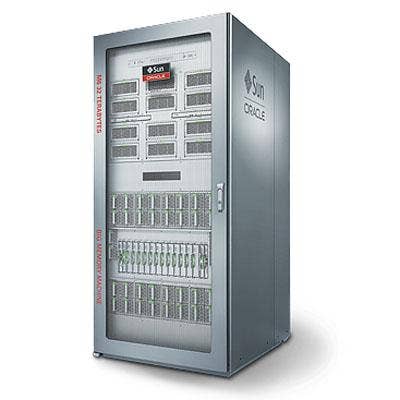
Oracle: SuperCluster Scalable Engineered System
Oracle in September proved that development of its SPARC processors, and the engineered systems built on top of it, still have the power to push the performance edge when coupled with the right software.
Oracle's new SPARC M6-32 servers are based on the company's new 3.6GHz, 12-core SPARC M6 processors and include up to 32 TB of memory and up to 384 processor cores with one purpose: to run entire applications and databases in memory for optimum performance.
The servers can run entire business applications and databases in memory while supporting electrically isolated Dynamic Domains for improved security, service, and fault and resource isolation. Each Dynamic Domain supports up to 128 virtual machines.
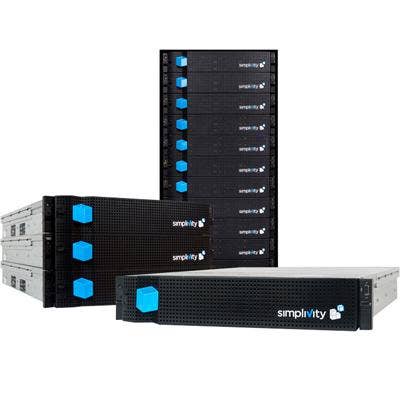
Simplivity: Well-Named OmniCube
Simplivity, a Westborough, Mass.-based startup that last year came to market with a converged server, storage and networking solution in a single chassis, this year released a new version of its Simplivity OmniCube targeting virtual desktop infrastructure (VDI) implementations.
The Simplivity OmniCube now includes support for Nvidia and Teradici technology for high-performance virtual desktop implementations while allowing VMware- and Citrix-based virtual desktop infrastructures running on the platform to be managed by a VMware administrator using VMware vCenter.
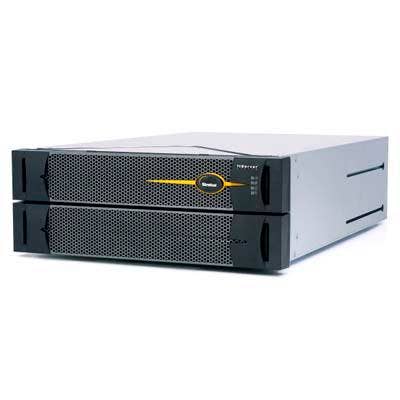
Stratus: Adding Fault-Tolerance To Virtualization
Stratus Technologies, a Maynard, Mass.-based developer of fault-tolerant servers designed to provide constant availability for mission-critical applications, this year added VMware vSphere 5.1 virtualization software in its newest Stratus ftServer fault-tolerant systems.
Stratus' sixth-generation x86-based ftServer 2700, 4700 and 6400 models, which were introduced in late 2012, integrate into existing infrastructures while providing five nines (99.999 percent) availability. With the new support for vSphere 5.1, that availability is extended to the vSphere hypervisor to provide uptime with limited administrator oversight.
Stratus backs up its availability promise with a $50,000 zero-downtime guarantee for newly purchased systems. That guarantee includes both the server and the hypervisor for six months from the time of installation.

Supermicro: Going Dense, With MicroBlade
Supermicro, San Jose, Calif., in September introduced a new extreme-density server platform targeting both hyperscale data center and cloud environments based on the Avoton Intel Atom Processor C2000. The company's new MicroBlade is a 6U microserver featuring 112 8-Core Intel Avoton-based servers in 28 front-access, hot-swap blades.
Each blade includes four nodes, each with one Avoton processor, space for a SATA hard drive or SSD, and two DDR3 DIMM slots. Compute and storage are integrated in the individual blades, with shared networking, power and cooling located at the rear of the system.
The MicroBlade enclosure includes 95 percent efficient digital switching power supplies, optimized airflow with redundant energy-efficient cooling fans, an integrated chassis management module (CMM), and up to four Intel Ethernet Switch FM5224s with 10GbE and 40GbE uplinks.